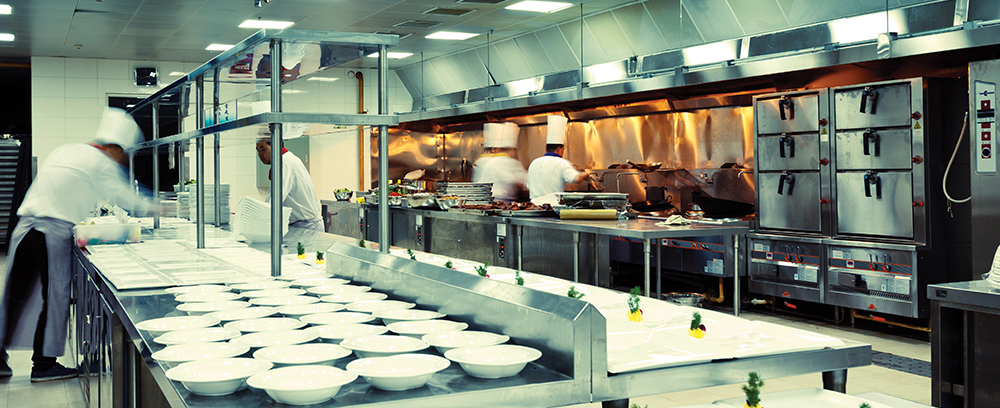Energy-Efficiency Serves Up Better Food Quality
As your commercial kitchen equipment ages, the food quality inevitably starts to suffer. Besides more expensive energy bills, you can also expect more food spoilage, too. Bottom line: if your kitchen equipment is not energy-efficient, your food quality declines.
As technology is evolving at a rapid pace, there are many types of energy-efficient products available that ensure food stays fresher for longer. Upgrading your equipment to these energy saving models doesn’t need to be a large expense, but it is certainly a benefit that will repay you over time.
If you notice an overall change in food quality or a subtle increase on your energy bills, we recommend starting here with our interactive tool, EQWIP, to pinpoint unique wants and needs, completely unique to your business.
Reduce Labor Costs and Create an Expedited Process
It’s inevitable that older kitchen equipment will begin to move slower, resulting in a longer wait time, higher labor costs, and overall—a frustrated work staff. Inefficient pieces of equipment can also hinder food safety and slow down your workflow, which makes your labor costs go up. Notice a trend? When you’re looking for an expedited process that improves operations in your commercial kitchen while reducing labor costs, the first place to look at is your equipment.
Start with equipment and appliances that show obvious wear and tear. Anything rusted or thick with grease and grime should be viewed as a food safety hazard. Then move towards pieces of equipment in your commercial kitchen that have been repaired time and time again. This can be something small like a prep station that doesn’t stay together to something bigger like commercial ranges that are always on the fritz. Notice any issues like this with your range? Skim our selection of ranges to ensure your food is hot and served at top notch quality.
Not only will these faulty products lower food quality, but they also slow down the overall workflow. When all else fails, ask your employees what’s hindering their process and slowing them down. This will give you an idea of what upgrades you need to make to your commercial kitchen more efficient.
Interested in more cost-saving ways to set your business up for years of success? Learn more here.

Efficiency in a Commercial Kitchen
Improving processes and creating a commercial kitchen that runs like a well-oiled machine truly starts with looking at the entire process—from start to finish. Sometimes your staff is slowed down because something in their process is energy-sucking instead of energy-saving. This can also have an effect on your energy bills because you waste more gas and electricity to prepare food products with inefficient equipment. Or, their process is slowed down because the menu isn’t streamlined, and the equipment can’t work quickly enough to prepare and cook food at its optimum pace. In some instances, it’s a variety of smaller issues that add up to inefficiency in a commercial kitchen. For example, faulty wheels on a cart, burnt-out bulbs, and dirty condenser coils can all collectively hinder productivity.

Upgrading your commercial kitchen with energy-saving equipment can help streamline and expedite the process of preparing, cooking, and serving food. It lessens the risk of food safety because you’re not dealing with bits of rust that may or may not enter someone’s food. It also reduces labor costs by allowing your staff to prepare food products in a timely fashion without scrimping on the food quality. Plus, upgrading even small pieces of equipment can save you money overtime and reduce your food waste by keeping food fresher for longer periods of time. Creating efficiency in your commercial kitchen can be as simple as making a few upgrades that reap great financial rewards for years to come.
Let us help you choose which piece of equipment is right for you:
EQWIP Recommendation Tool Shop All Equipment






